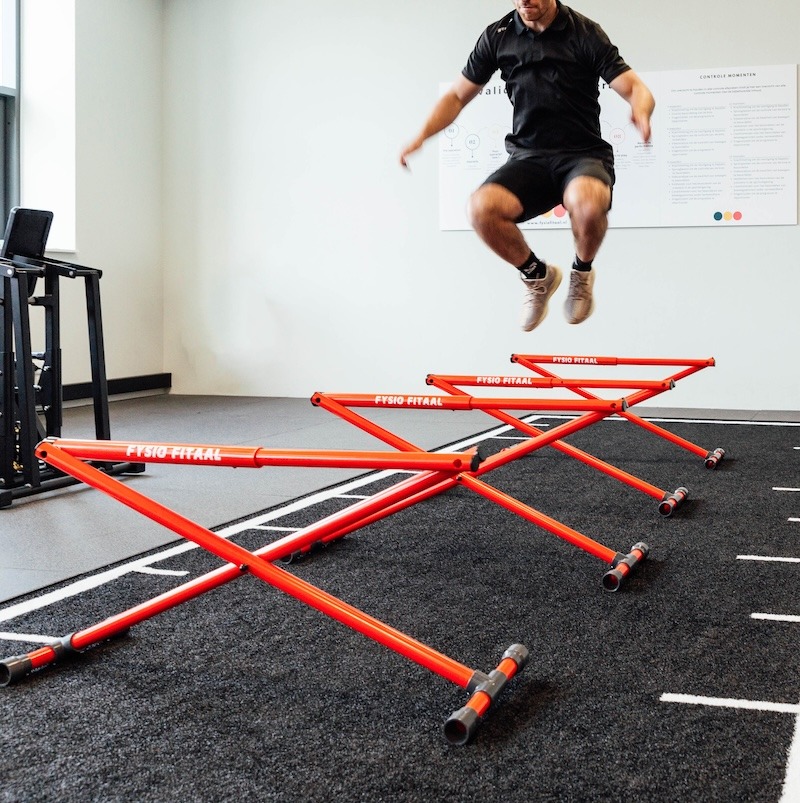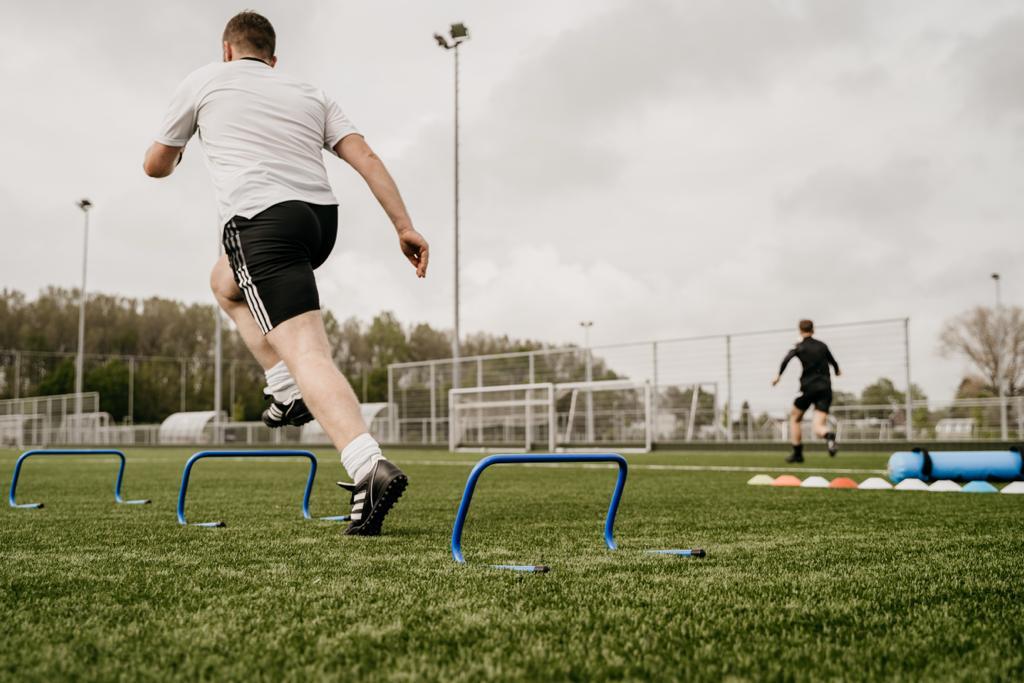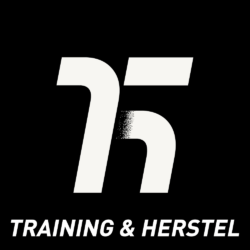ACL Rehabilitation
The ACL, or anterior cruciate ligament, is one of the key ligaments in the knee that helps stabilize the knee joint. ACL injuries are among the most common and serious knee injuries in sports, especially among athletes who participate in high-demand sports that involve sudden stops, jumps, or changes in direction like soccer, rugby, American football, basketball, handball, hockey and skiing.
Recovery from an ACL tear involves more than just healing the knee. It’s a journey that challenges both the body and the mind. Whether treated surgically or non-surgically, effective ACL rehabilitation is essential for long-term recovery, injury prevention, and a confident return to sport.
What is the ACL?
The ACL is located inside the knee joint and connects the femur (thigh bone) to the tibia (shin bone). The ACL is one of four major ligaments in the knee and is responsible for stabilizing the joint during movement. It helps control forward movement and rotation of the tibia. When the ACL is torn, it often results in knee instability, swelling, and difficulty with movement. An ACL tear often occurs during activities involving:
- Sudden stops or pivots
- Rapid direction changes
- Jumping and landing awkwardly
- Contact sports like football, basketball, or rugby
A complete ACL rupture typically requires surgical reconstruction for athletes or active individuals, while some may opt for conservative (non-operative) management depending on their activity level and injury specifics.
Goals of ACL rehabilitation
ACL rehabilitation has several key objectives:
- Reduce pain and swelling
- Restore range of motion
- Rebuild muscle strength (especially in the quadriceps and hamstrings)
- Improve balance and neuromuscular control
- Prepare for a safe return to daily activities or sports

Phases of ACL rehabilitation
ACL rehab typically follows a phased, criteria-based progression. Each phase has distinct goals but must be adapted to the individual’s healing response.
Phase 1: Prehabilitation (Pre-surgery or early post-injury)
- Goals: Reduce swelling, restore full extension, regain quad control
- Key exercises: Heel slides, quad sets, straight leg raises
- Why it matters: Better pre-op function leads to better post-op outcomes
Aim for minimal swelling, full knee extension, and good quad activation before surgery.
- Focus on reducing swelling and regaining knee motion
- Gentle strength exercises (e.g., quad sets, straight leg raises)
- Use of crutches if needed
- Mental preparation for surgery (if planned)
Phase 2: Early Post-Operative phase (Weeks 1–3)
- Goals: Control pain/swelling, regain full extension, initiate weight-bearing
- Focus: Gentle mobility exercises, patella mobilization, early quad strengthening
- Activities: Stationary bike, heel props, wall slides, neuromuscular stimulation
Don’t ignore extension, achieving full straightening is more urgent than bending at this stage.
- Emphasis on pain control and reducing inflammation
- Begin gentle range-of-motion exercises
- Initiate weight-bearing as tolerated
- Start basic strengthening (isometrics)
Phase 3: Intermediate Phase (Weeks 4–12)
- Goals: Restore normal gait, build foundational strength, begin dynamic stability
- Exercises: Closed-chain movements (e.g. squats, step-ups), single-leg balance, resistance training
- Added elements: Core stability, glute strengthening, low-impact cardio
Address asymmetries early, strength and movement quality should be nearly equal between both legs by the end of this phase.
- Progress to more dynamic strengthening exercises
- Introduce balance and proprioception training
- Stationary biking, swimming, and elliptical training may begin
Phase 4: Advanced Strengthening (Months 3–6)
- Goals: Increase strength, reintroduce plyometrics, improve agility and control
- Training: Jumping and landing mechanics, lateral movements, single-leg drills
- Testing: Strength symmetry tests, Y-balance test, hop tests, isokinetic tests.
Don’t just focus on the injured leg, bilateral coordination and core control are key for movement safety.
- Increase intensity and complexity of exercises
- Plyometrics (jumping exercises) introduced gradually
- Begin sport-specific drills (e.g., cutting, pivoting)
Phase 5: Return to Sport (6–12+ Months)
- Goals: Safely return to full sport participation with confidence
- Requirements:
- Strength symmetry (90–100%)
- Functional testing passed
- Psychological readiness assessed
- Training: Gradual exposure to sport-specific drills, reactive agility, change-of-direction
“Cleared” doesn’t mean “ready.” Use objective tests and listen to your body before returning fully.
- Completion of functional testing (e.g., hop tests, strength symmetry, isokinetic tests)
- Psychological readiness assessment
- Gradual return to full training and competitive play
Surgical vs. Non-Surgical rehab
Not all ACL tears require surgery. Non-surgical rehab may be appropriate for:
- Less active individuals
- Partial tears
- Absence of knee instability
Surgical reconstruction followed by rehabilitation is often recommended for athletes and individuals with unstable knees who want to return to high-level activity.
Importance of mental recovery
MENTAL REHABILITATION: THE INVISIBLE STRUGGLE
Many underestimate the psychological toll of an ACL injury. It’s not uncommon to face frustration, anxiety, low motivation, and especially fear of re-injury. ACL injuries can be mentally challenging. Fear of re-injury, frustration during rehab, and pressure to return to sport can affect recovery. Mental coaching, counseling, and clear goal-setting are helpful components of a successful rehab program.
Common Mental Challenges:
- Loss of identity for athletes
- Depression or anxiety about rehab setbacks
- Lack of confidence in the knee
- Social isolation from the team or active lifestyle
Support Strategies:
- Education: Understand your injury and the phases of recovery
- Goal setting: Set short-term, achievable goals to track progress
- Visualization: Mentally rehearse movements and success scenarios
- Talk it out: Work with a sports psychologist or mental coach
- Celebrate milestones: Focus on what’s gained, not only what’s lost
Fear of re-injury is a strong predictor of delayed return to sport, address it early with mental support and progressive exposure to sport.
Tips for a successful ACL rehabilitation
- Work with an experienced ACL professional.
- Follow your physical therapist’s and surgeon’s protocols
- Be consistent: Small daily efforts lead to big long-term gains.
- Communicate: Keep open lines of communication with your physical therapist, surgeon, and coaches.
- Track progress: Use a journal or app to log exercises, pain levels, and milestones.
- Don’t compare: Your recovery pace is unique. Avoid comparing with others.
- Respect setbacks: Progress is not always linear. Regression is normal and can be managed.
- Train the whole body: Core, hips, and opposite leg all need attention too.
- Focus on quality: Good movement patterns are more important than volume or intensity.
- Be patient: Rehabilitation takes time
- Don’t rush: The return to sport
- Focus equally on strength, mobility, and control
- Address both physical and mental aspects of recovery

Final thoughts
ACL rehabilitation is a comprehensive and evolving process. With proper guidance, dedication, and support, most individuals can return to their previous level of function and sport. A structured rehab plan tailored to the individual’s needs ensures the best possible outcome.
Conclusion
ACL rehabilitation is a demanding, multi-dimensional process. It requires patience, dedication, and support—physically and mentally. Success lies not only in returning to the field but returning with confidence, strength, and resilience. With a structured rehab plan, a positive mindset, and expert guidance, individuals recovering from ACL injuries can come back stronger, more aware of their movement, and even better prepared than before.
Advice from Team ACL
Ultimately, it is important that you always follow the advice of your ACL Professional with whom you are working. It is not possible on the Internet to find a good and personalized rehabilitation schedule that will get you started for 12 months. This process must be properly guided by an ACL Professional.
Looking for products for your recovery? Then check out this webshop.

